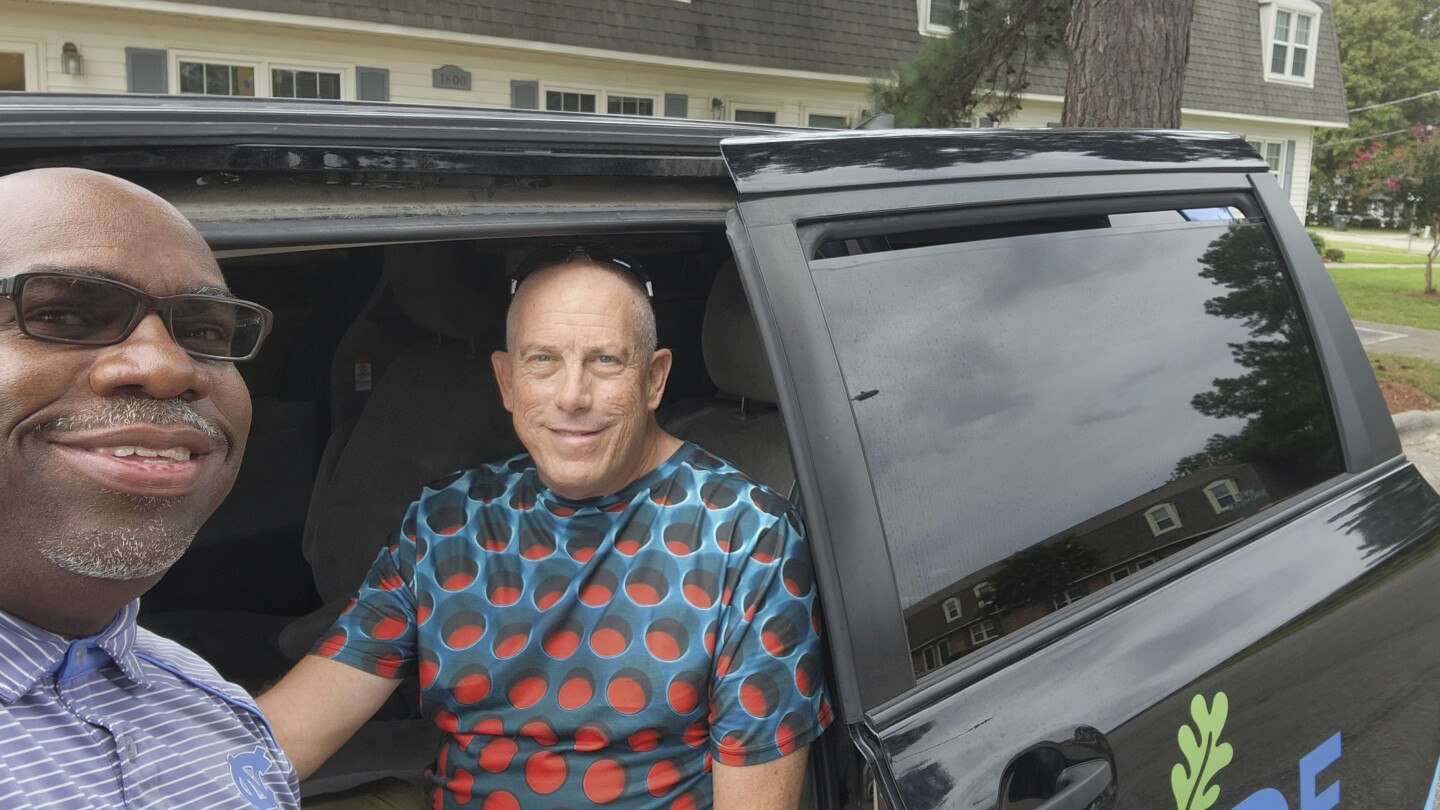What if public transit was like Uber? A small city ended its bus service to find out::Small-scale, tech-based solutions to transportation problems have emerged as a great equalizer in the battle for infrastructure dollars between big cities and rural communities.



Removed by mod
…Without any actual public transportation
What makes this a bad idea? Sounds much better than busses to me. It’s on demand, not on a fixed route, gors anywhere in the town, and is still the price of a bus ride.
It doesn’t reduce the number of cars on the road. If anything, it increases it because they got rid of buses.
I see, yes that’s a good point, but I’d guess that’s not the goal of this program. Not sure if that’s a goal of any transportation agency, at least not that I’ve heard, but it should be.
Yeah, but busses actually consume quite a bit of fuel versus a smaller passenger vehicle, and in smaller towns running a regular bus that doesn’t have many or even any passengers might still be less environmentally sound, especially if they use an EV and charge between call-outs.
Even in my home town which is of decent size, the bus routes are super inefficient time-wise as they require a stop and transfer at the central station (making a trip take 1-2 hours) whereas taking the direct route up the highway is maybe 15m
Trolley buses are great, look them up.
Yeah I’m aware of trolley buses. Again, running the infrastructure for this versus independent electric vehicles for smaller populations or low-use areas doesn’t necessarily make sense
Yeah… except, if a city hasn’t been designed around supporting a trolly system, you’re not getting a trolly bus any time soon. You’re looking at years, potentially over a decade of work.
So apart from being extremely wasteful, it is also contributing to traffic jams, scarcity of parking spaces, greenhouse gases, and whatnot.
Seriously, you Americans are in love with your huge cars/trucks and guns. You call this freedom, but in my eyes it is quite the opposite.
Removed by mod
you know, you could literally have more bus stops? you could also have a network instead of a trunk
Removed by mod
I live in Italy. Most of our cities are at least one millennia older than yours. I live in a small town in the middle of nowhere and it’s still a few centuries older than the USA as a whole.
Our cities were definitely not designed with public transit in mind, yet we have a somewhat consistent public transit everywhere (although it could definitely be improved in lots of places, including my town). For example: excluding a small car trip to the nearest train station, I travel to my work place (in Milan) exclusively with public transport.
Why can’t US cities do the same?
Removed by mod
The picture understates it. You’ve also got to consider that the road on the left could be half as wide, and that the situation on the right requires a massive parking deck just off-screen that the one on the left doesn’t need.
Destroying walkability by physically forcing destinations further apart in order to insert more lanes and parking in between is what makes designing for cars a disastrous vicious cycle.
Removed by mod
Hi! I’d like to introduce you to winter. It destroys this as a workable solution, because for multiple months of the year it’s impossible for these to run. Meaning they’d need a last mile winter solution, such as… a car.
There’s also the issue of these types of solutions being notoriously hard to maintain. I believe the majority of city “e-thing” companies have gone under because it’s an unworkable system.
Take a normal bike. Finnland is able to support this.
E-bikes, scooters, bicycles and public transit works in winter, just so long as you maintain the infrastructure they need.
Additionally, any claims that this would not be workable from a cost perspective is false, as winter maintenance is 100% required for car infrastructure, and winter maintenance for car infrastructure keeps on happening year after year.
Completely unsubstantiated.
LOL, nope.
There are places that have on demand busses rather than fixed routes.